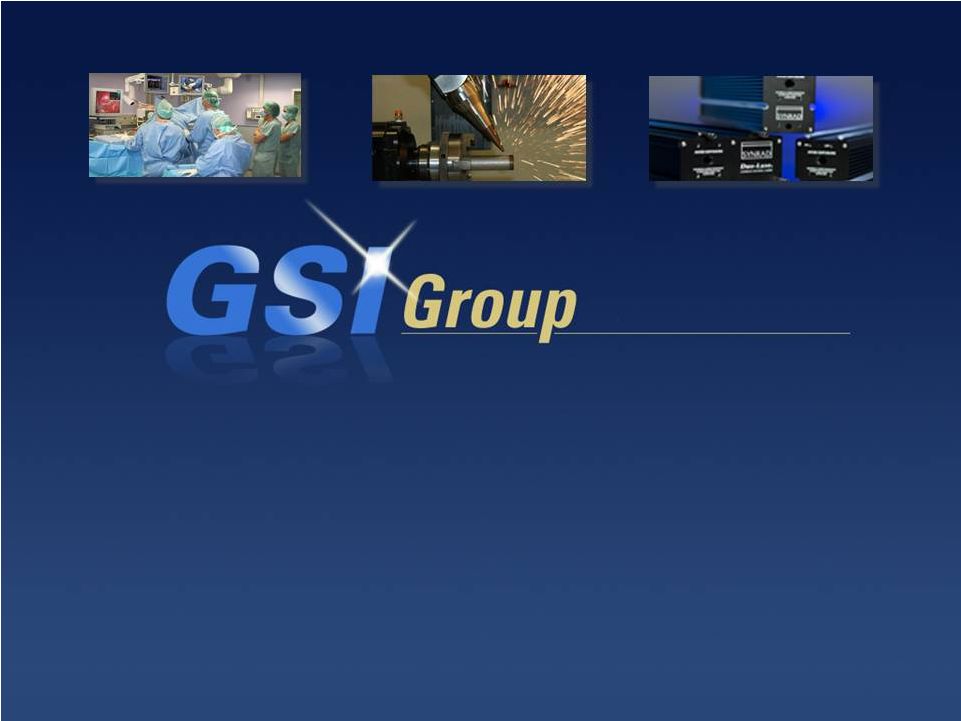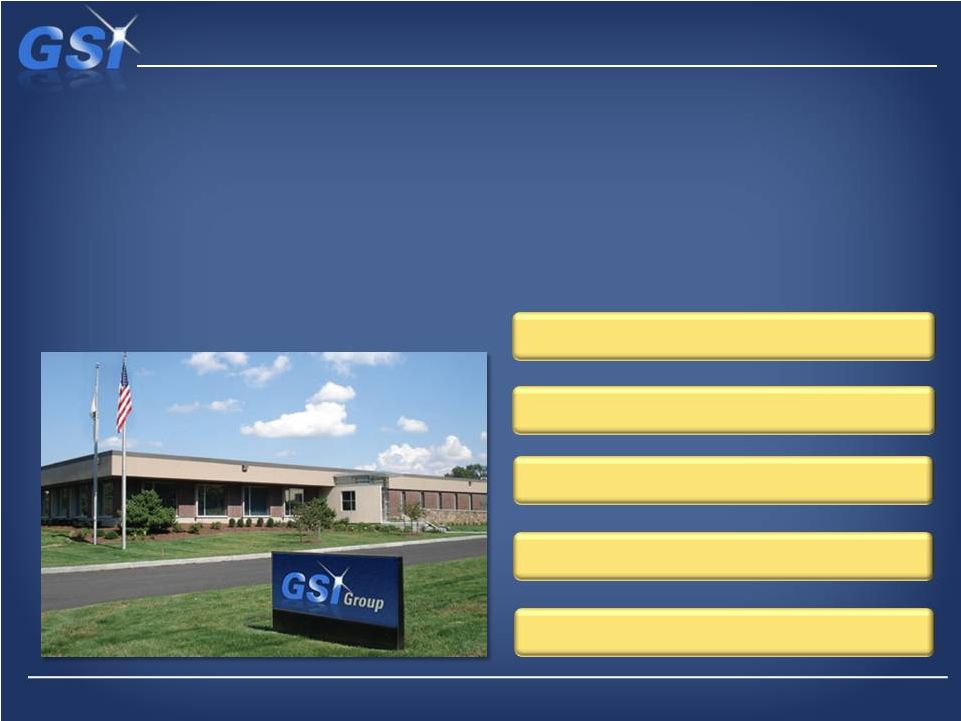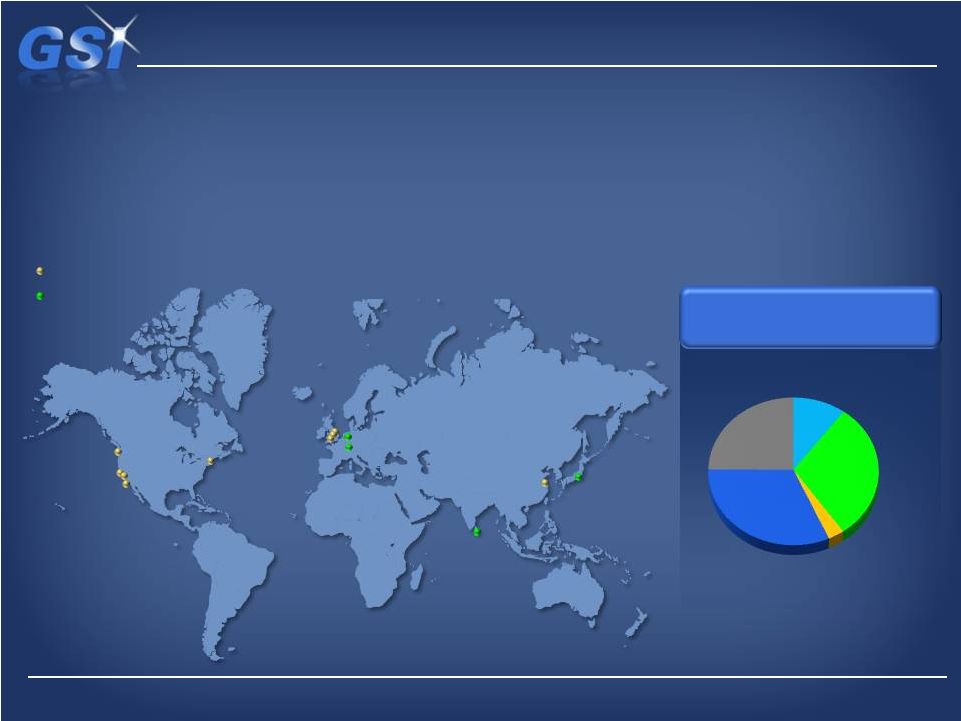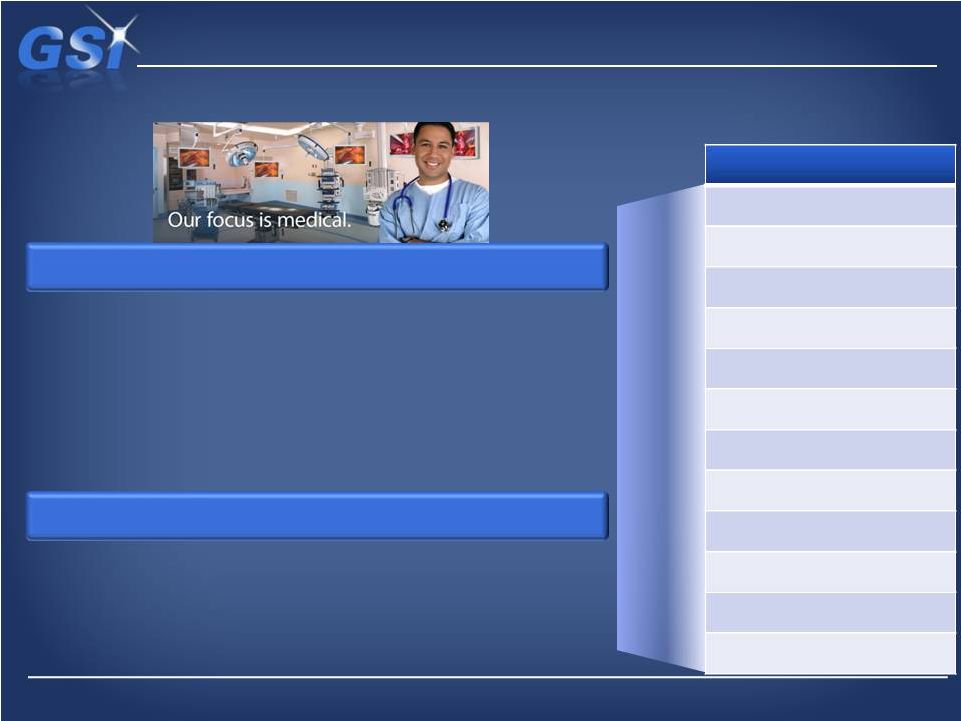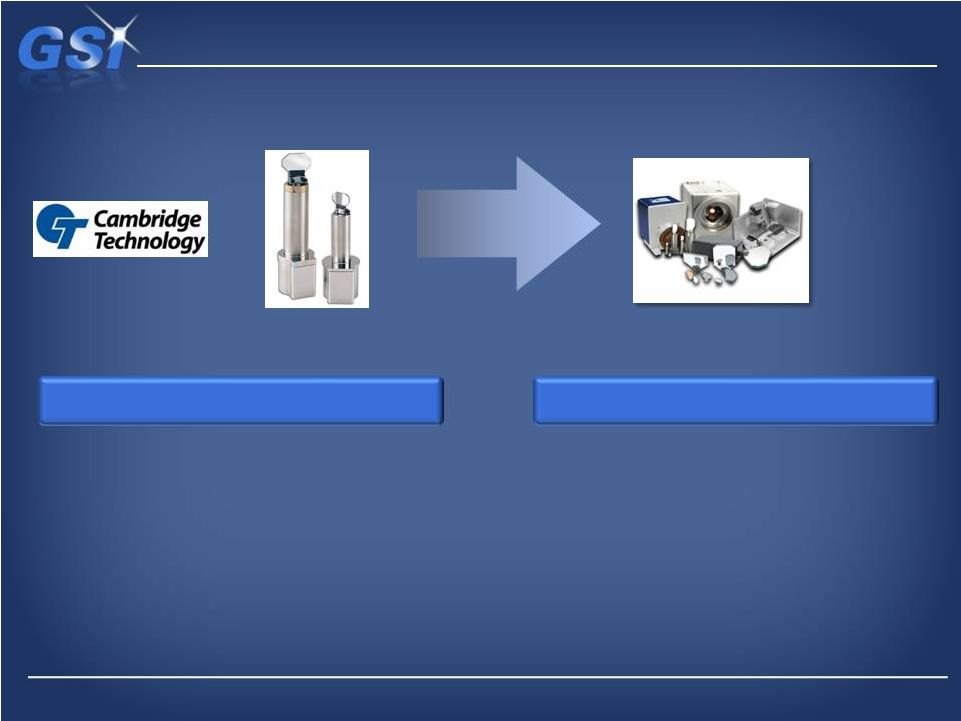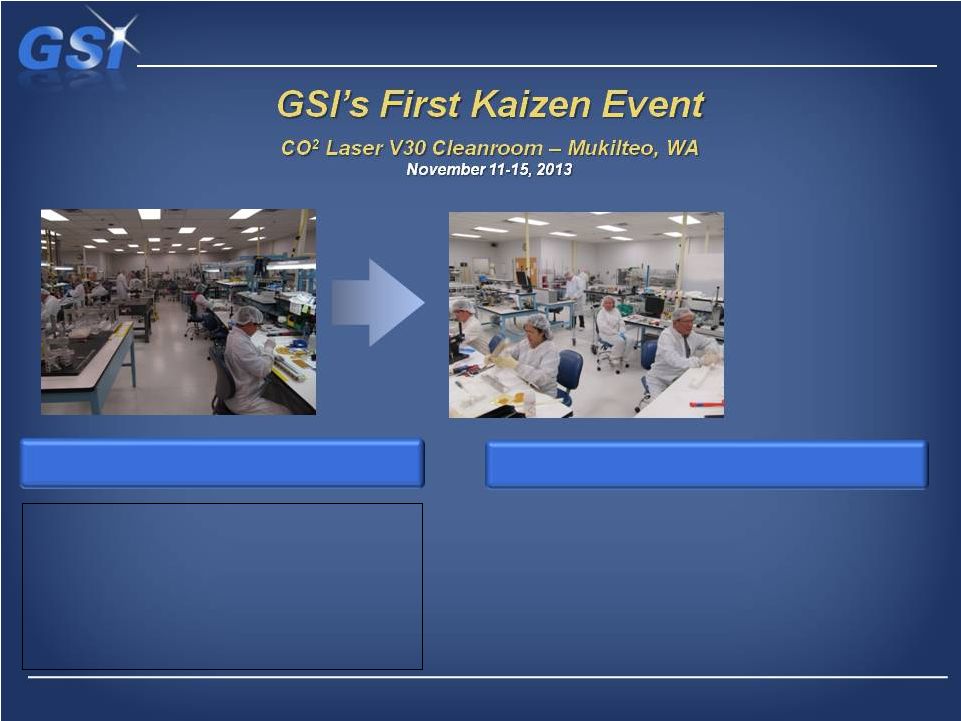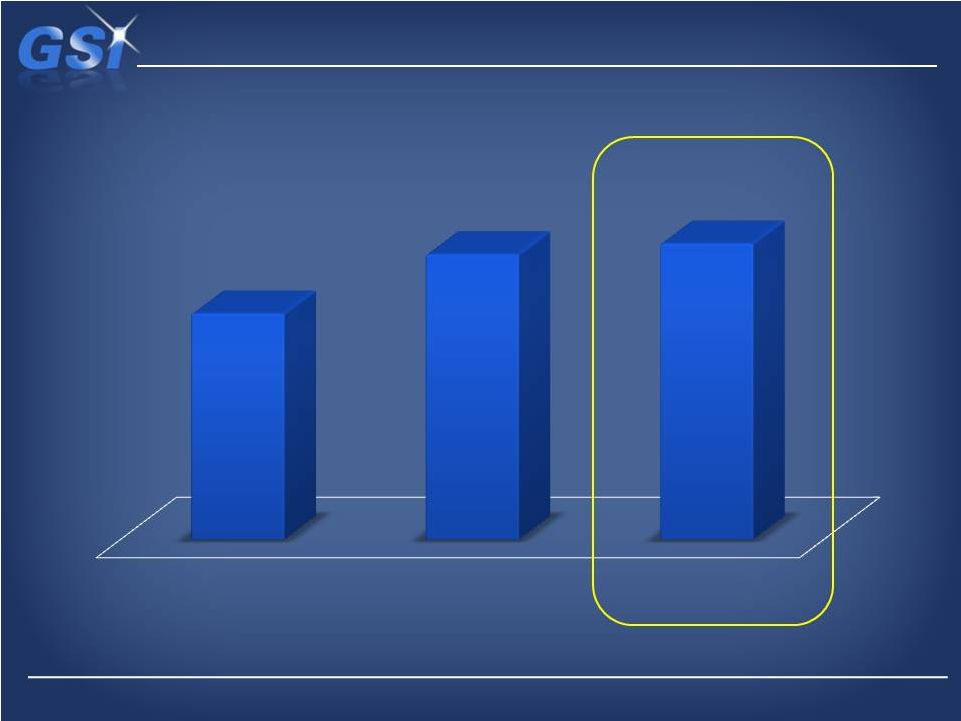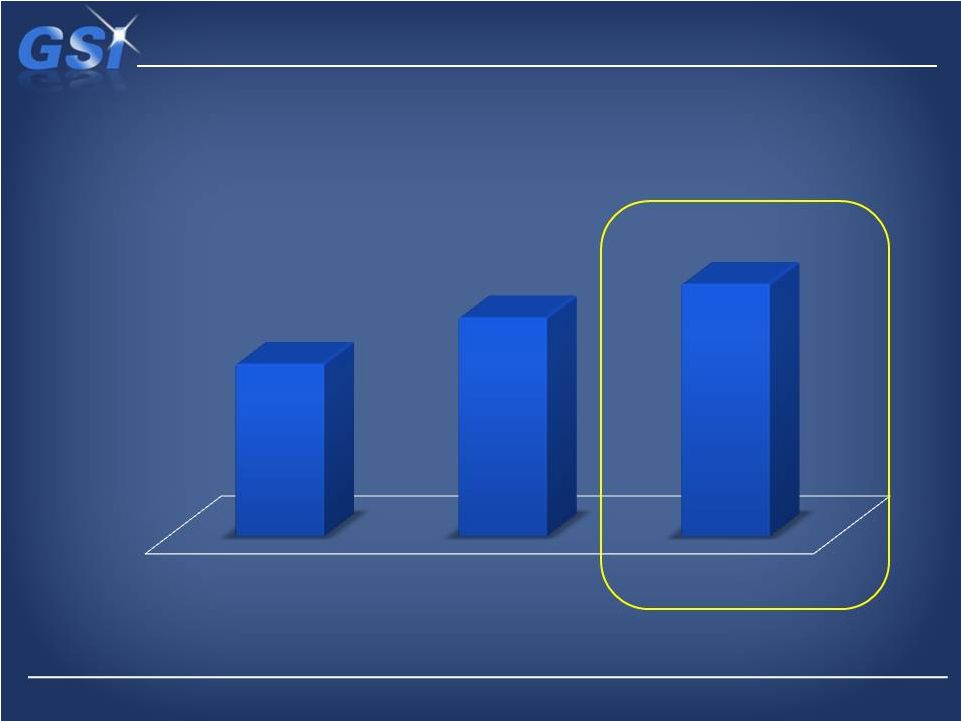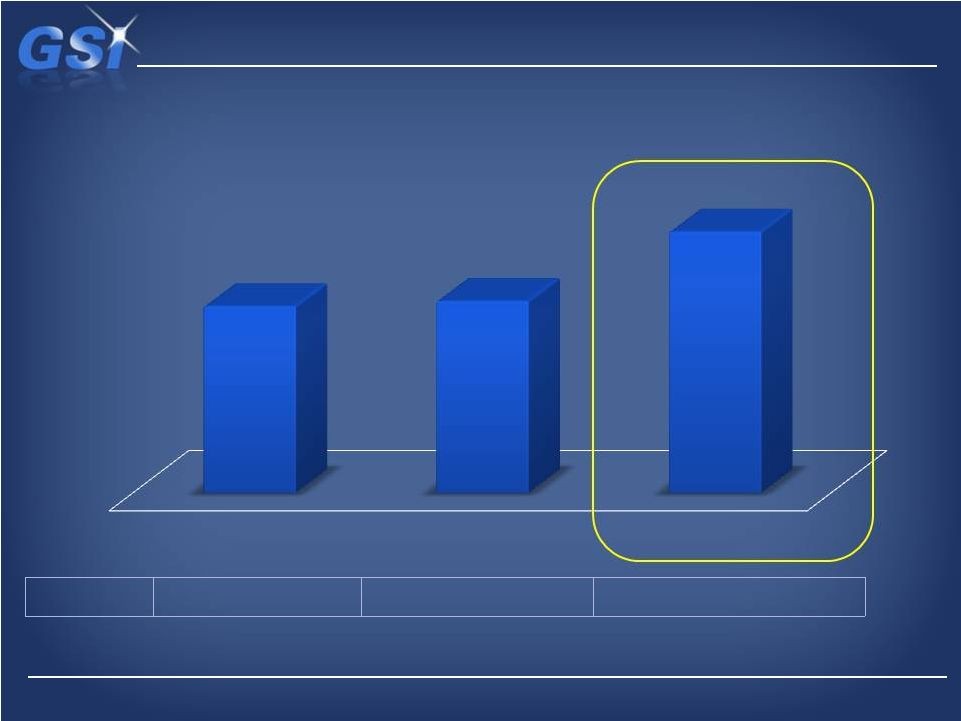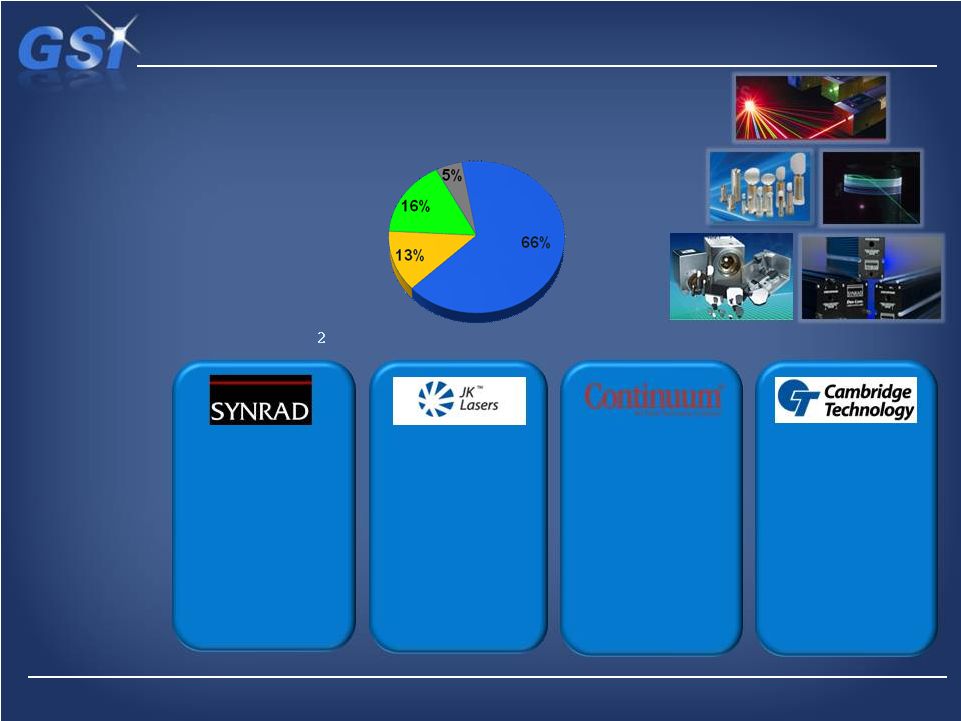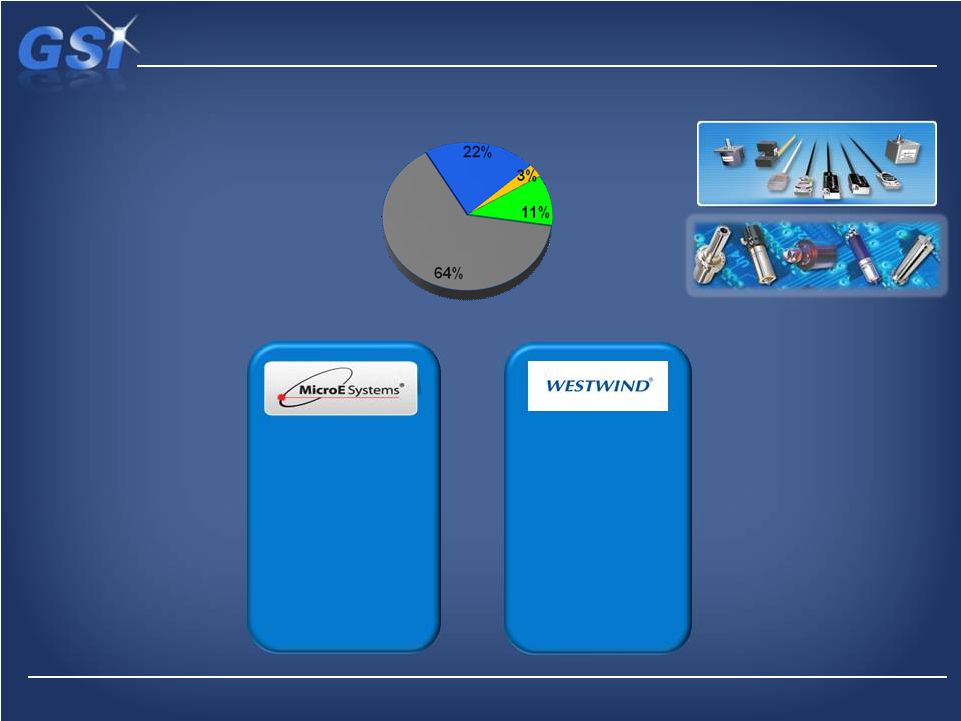24 Safe Harbor and Forward-Looking Information Certain statements in this presentation are “forward-looking statements” within the meaning of the Private Securities Litigation Reform Act of 1995 and are based on current expectations and assumptions that are subject to risks and uncertainties. All statements contained in this presentation that do not relate to matters of historical fact should be considered forward-looking statements, and are generally identified by words such as “expect,” “intend,” “anticipate,” “estimate,” “believe,” “future,” “could,” “should,” “plan,” “aim,” and other similar expressions. These forward-looking statements include, but are not limited to, expectations regarding anticipated financial performance; management’s goals, plans, strategies and business opportunities; expectations regarding returns to shareholders; anticipated sales of fiber laser and scanning solutions products; plans regarding the development and deployment of a lower cost fiber laser products; expected liquidity and capitalization; drivers of revenue growth; expectations regarding future potential acquisitions and investments; expenditures and product development; business prospects; expectations regarding recent and potential future products; anticipated sales performance; industry trends; market conditions; anticipated benefits from acquisitions; and other statements that are not historical facts. These forward-looking statements are neither promises nor guarantees, but involve risks and uncertainties that may cause actual results to differ materially from those contained in the forward-looking statements. Our actual results could differ materially from those anticipated in these forward-looking statements for many reasons, including, but not limited to, the following: loss of customers, reductions in orders by customers, and customer order cancellations; economic and political conditions and the effects of these conditions on our customers’ businesses and level of business activities; our significant dependence upon our customers’ capital expenditures, which are subject to cyclical market fluctuations; our dependence upon our ability to respond to fluctuations in product demand; our ability to continually innovate and successfully commercialize our innovations; delays in our delivery of new products; our reliance upon third party distribution channels subject to credit, business concentration and business failure risks beyond our control; fluctuations in our quarterly results, and our failure to meet or exceed our expected financial performance; customer order timing and other similar factors beyond our control; our dependence on one customer in our medical components business; disruptions or breaches in security of our information technology systems; changes in interest rates, credit ratings or foreign currency exchange rates; risk associated with our operations in foreign countries; disruptions to our manufacturing operations as a result of natural disasters; our increased use of outsourcing in foreign countries; our failure to comply with local import and export regulations in the jurisdictions in which we operate; our history of operating losses and our ability to sustain our profitability; our exposure to the credit risk of some of our customers and in weakened markets; violations of our intellectual property rights and our ability to protect our intellectual property against infringement by third parties; risk of losing our competitive advantage; our ability to make divestitures that provide business benefits; our failure to successfully integrate recent and future acquisitions into our business; our ability to attract and retain key personnel; our restructuring and realignment activities and disruptions to our operations as a result of consolidation of our operations; product defects or problems integrating our products with other vendors’ products; disruptions in the supply of or defects in raw materials, certain key components or other goods from our suppliers; production difficulties and product delivery delays or disruptions; our failure to comply with various federal, state and foreign regulations; changes in governmental regulation of our business or products; our failure to implement new information technology systems and software successfully; our failure to realize the full value of our intangible assets; our ability to utilize our net operating loss carryforwards and other tax attributes; fluctuations in our effective tax rates; being subject to U.S. federal income taxation even though we are a non-U.S. corporation; any need for additional capital to adequately respond to business challenges or opportunities and repay or refinance our existing indebtedness, which may not be available on acceptable terms or at all; volatility in the market price for our common shares; our dependence on significant cash flow to service our indebtedness and fund our operations; our ability to access cash and other assets of our subsidiaries; the influence of certain significant shareholders over our business; provisions of our articles of incorporation may delay or prevent a change in control our significant existing indebtedness may limit our ability to engage in certain activities; and our failure to maintain appropriate internal controls in the future. Other important risk factors that could affect the outcome of the events set forth in these statements and that could affect the Company’s operating results and financial condition are discussed in Item 1A of our Annual Report on Form 10-K for the fiscal year ended December 31, 2012, our subsequent filings with the Securities and Exchange Commission (“SEC”), and in our future filings with the SEC. Such statements are based on the Company’s management’s beliefs and assumptions and on information currently available to the Company’s management. The Company disclaims any obligation to update any forward-looking statements as a result of developments occurring after the date of this document except as required by law. | 